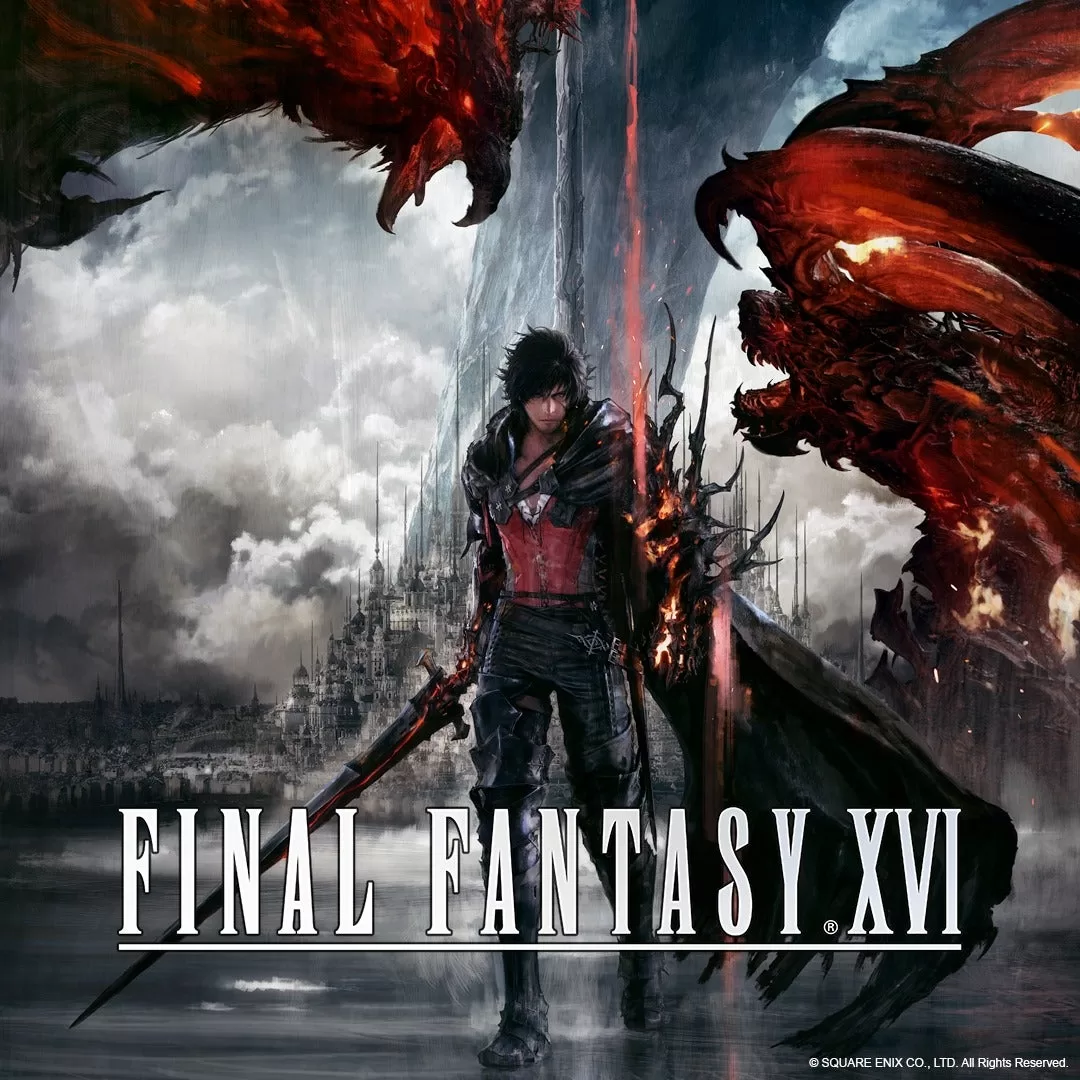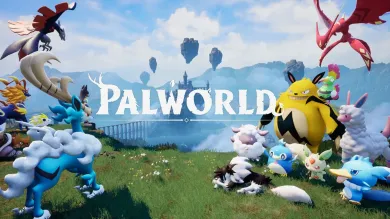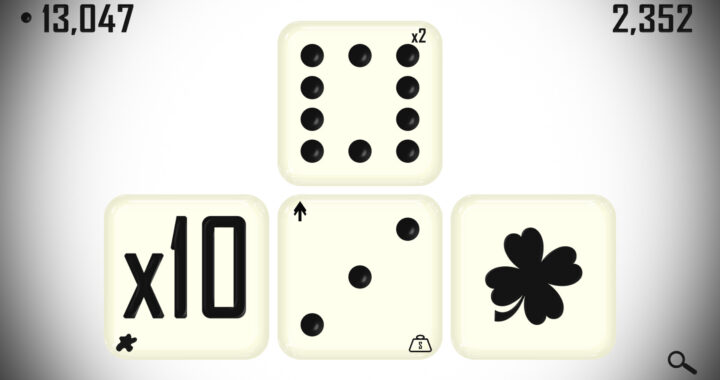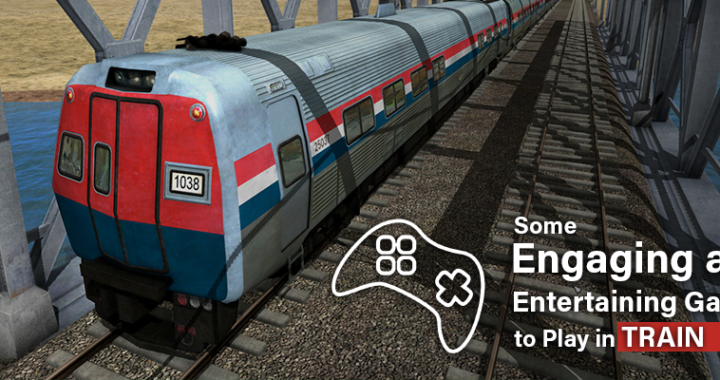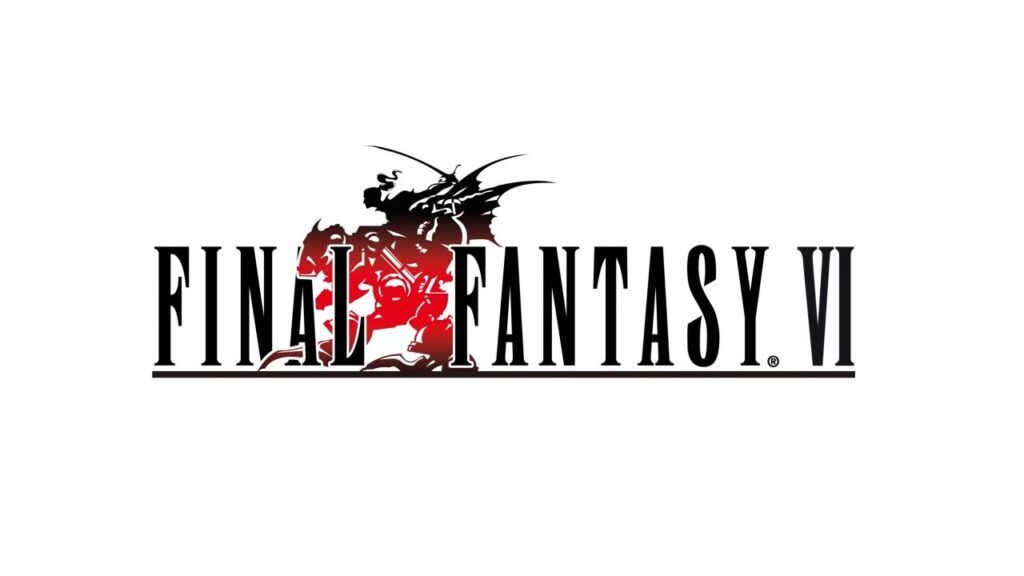
GAME REVIEW: Final Fantasy VI (Pixel Remaster)
With the Final Fantasy Pixel Remaster series, Square Enix saved its best game for last. Final Fantasy VI was a groundbreaking game when it debuted in 1994, and a huge sea change for Squaresoft in terms of its storytelling and mechanics. FF6 moved away from the traditional plot structure involving crystals (at least in the sense it had previously been done) and into much darker ideas, including existentialism, war crimes, imperialism, and the end of the world. This game is beloved by many Final Fantasy fans, and for me personally, it’s still among my favorite games in the series.
While the game is legitimately a classic JRPG, this is not to say that the Pixel Remaster of Final Fantasy VI is without its challenges. The original game is 28 years old, built with 16-bit graphics, and designed for play on the Super Nintendo. This has made a certain amount of graphical upgrading and quality-of-life improvement necessary. This game has been remade several times before with varying degrees of success, with different translations and even control schemes. The Pixel Remaster also had to make up for the last version of FF6 that was brought to PC, a shoddy mobile port that moved too far from the original control scheme and was much more difficult to play. The Pixel Remaster needed to make the necessary changes to keep the game fresh, while bringing the game closer to its roots in terms of translation, control scheme, and overall experience.
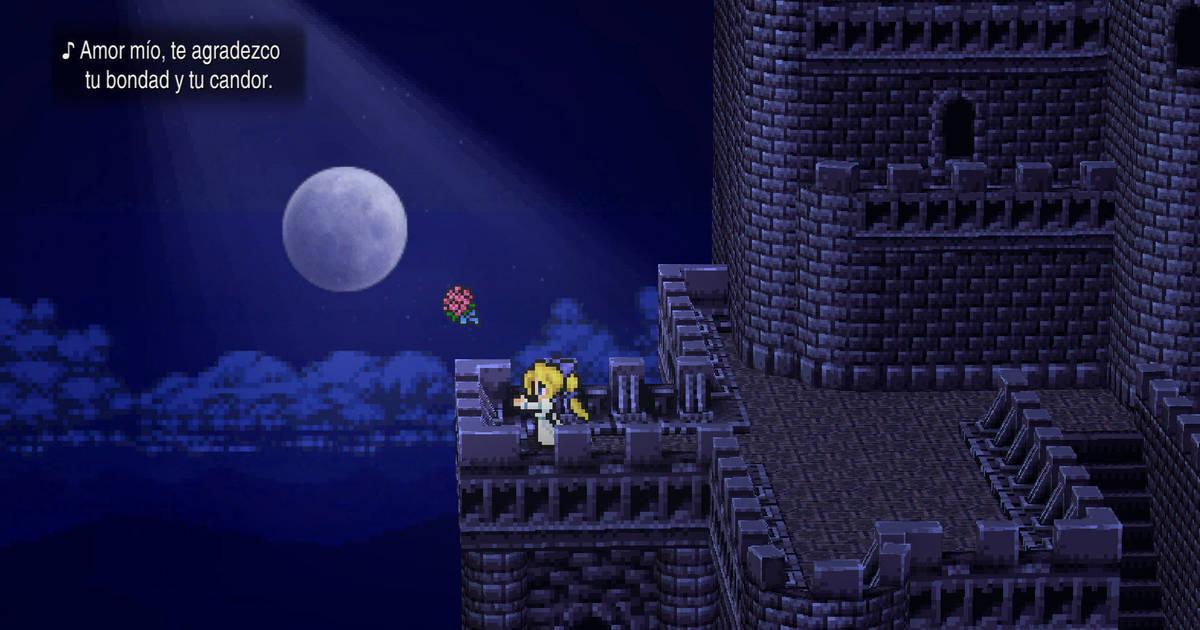
Although not perfectly updated, Final Fantasy VI Pixel Remaster generally does an excellent job in bringing a classic to modern PCs. If you’re familiar with previous Pixel Remaster games, some of those elements are present here as well. The menu system is generally in line with what we’ve seen with the previous Pixel Remasters, though accounting for FF6’s unique gameplay elements. The Esper system, which allows your party members to learn magic by equipping crystals, works seamlessly with the Pixel Remaster’s menu format. The turn-based battle system, however, goes back to the classic format from the original SNES release, correcting a sizable error from the last re-release. Like the other Pixel Remasters, the soundtrack is significantly improved, making a great Nobuo Uematsu soundtrack sound even more impressive. Graphical textures are improved much in the same way as Final Fantasy V, with impressive water textures; this is particularly important in the infamous scene where the villainous Kefka poisons the water to murder the population of an entire castle.
However, we cannot overlook one important innovation that has truly changed Final Fantasy VI for the better, and that is the introduction of 2D-HD graphics. The 2D-HD graphical engine is probably best known for another Square Enix game, Octopath Traveler, which offered a modernized version of the graphical style introduced with FF6. With the FF6 Pixel Remaster, the 2D-HD graphical style is on full display, and in ways that improves many classic scenes. The Sealed Gate, the home of the Espers, looks much more visually impressive in 2D-HD. The first appearance of the imperial city of Vector as the airship Blackjack approaches is far more powerful and imposing when seen in 2D-HD. However, there’s no question that the most improved scene in the Pixel Remaster is the classic opera scene, where Celes performs an opera while impersonating a famous opera singer. The 2D-HD graphics bring that iconic scene to life faithfully while adding detail, depth, and perspective in a way we’ve never seen before. The vocals and music are also much improved in that scene, making it sound more like a proper opera scene than was presented in the SNES version. While I’m skeptical about whether the 2D-HD format belongs in every Square release, it absolutely belongs in Final Fantasy VI, the kind of game it was made for.

This is not to say that every element of the Pixel Remaster is an improvement, though most are. The translation of the game’s story and script, for instance, meets with mixed results in my eyes. The reason for this is that the Pixel Remaster draws upon the Game Boy Advance version of the game, which was similarly imperfect. In fairness, the translation used in the Pixel Remaster is perhaps a truer translation than the original Ted Woolsey version in some respects. The Pixel Remaster version feels much cleaner and probably more accurate to what the original Japanese writers for the game intended. Some bits are even improved, addressing character dynamics in ways that make more sense and offering story details that add subtle depth to the overall story. Terra Branford, the lead heroine, especially benefits as a character from those changes, as we see in her revised interactions with Imperials like Celes or General Leo. However, by drawing so heavily on the GBA translation, the Pixel Remaster also loses the charm of the Woolsey translation, making certain scenes or lines of dialogue lose impact. The most infamous example of this is the Figaro Castle scene, where an indignant Kefka vows revenge against King Edgar of Figaro. Kefka’s original line in the Woolsey version, “son of a sub-mariner”, may sound a bit silly, but it had more charm and felt true to the Kefka character. In contrast, the GBA version reads as “son of a sandworm”, which feels relatively flat and is much less memorable. Other lines, like the description of the assassin Shadow as someone who “would sell out his mother for a nickel” are similarly downgraded. These moments are fortunately not too frequent, but it is disappointing when it happens, especially since the FF4 Pixel Remaster included similar Woolsey lines like “you spoony bard”. The Pixel Remaster also imports another issue from the GBA translation by including the censored version of the Celes interrogation scene, rather than the uncensored one from the original release. For all these concerns, though, the translation generally works, even if it’s not as good as it might have been if it had corrected the problems inherited from the GBA version.
There are also a few gameplay-related decisions that may occasionally be head-scratching. Some of the special character-specific attacks have been updated for the Pixel Remaster, but some work better than others. The monk prince Sabin is vastly improved, though his Blitz attacks work best if you’re using a controller to play the game. Fans of the original game may appreciate it less, since the Blitz controls are noticeably easier in some respects; there is no time limitation on executing the commands now. Cyan, however, may be worse off now; the timer is gone, but it still takes the same amount of time to wait for his attacks to execute properly. It comes across as a clunky change that doesn’t contribute to party balance. Additionally, other negative elements from the GBA version find their way into the gameplay. The Vanish/Death trick does not work on the Intangir monster in the Pixel Remaster, much like the GBA version, which makes grinding for AP to learn spells more annoying and time-consuming than it should be. There are also lingering issues from the remaster itself, like the menu fonts that I’ve discussed in previous Pixel Remaster reviews, though these can be patched out. I also feel like removing the credits from the opening scene where the Imperial mechs march to Narshe detracts from the visual experience. Still, these are small concerns in a game that is otherwise full of technical improvements.
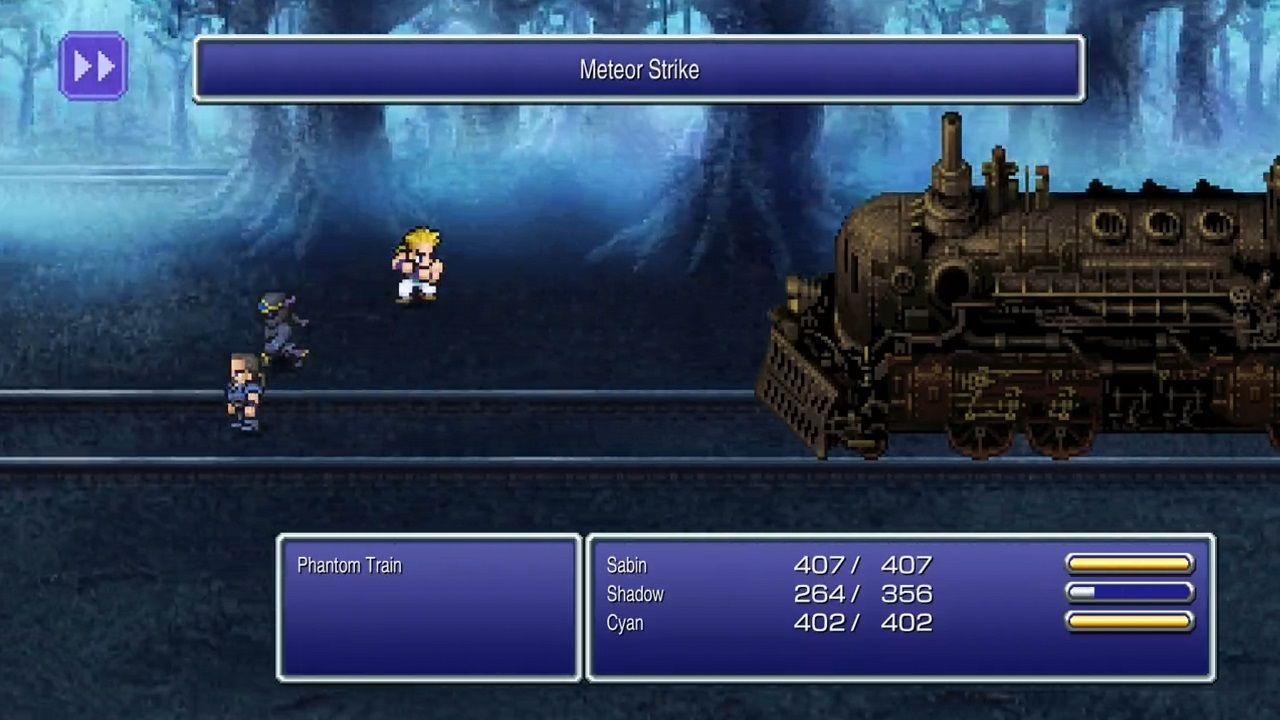
Even with the small missteps, I do not want to take away from the huge achievement that Square has made with the Final Fantasy VI Pixel Remaster. The developers took their time to make sure that the game worked properly before release, rather than rushing the game out in December, and that’s to be applauded. Not only did they correct every single problem that brought down the previous PC release of FF6, they vastly improved the gameplay experience on many different levels. Playing FF6 again after all these years has been a joy, and that is the sign of a good remaster of a classic game. This remaster has reignited my love for Final Fantasy VI, which forgives much in my view. My hope for the future is that the Pixel Remasters will finally be brought to consoles, and especially to the Switch. For now, though, Final Fantasy VI Pixel Remaster offers something special, making a great game accessible to old and new fans alike.
Score: 4.6/5
Author Profile
- Steve Sellers had been a fan of superheroes ever since Superman: The Movie. But it took the JSA, the Legion of Super-Heroes, Dragonlance, Lord of the Rings, Twilight Zone, and Chris Claremont's legendary run on the X-Men to make him a writer and a longtime fan of comics, fantasy, and science fiction. Steve is the co-creator of WHITE DRUID & MICHAEL NERO and GUARDIANS OF ELAYIM for Omen Comics, and he is also the creator of BLITZ and SHOCKWAVE for Revelation Comics (an imprint of Omen Comics).


